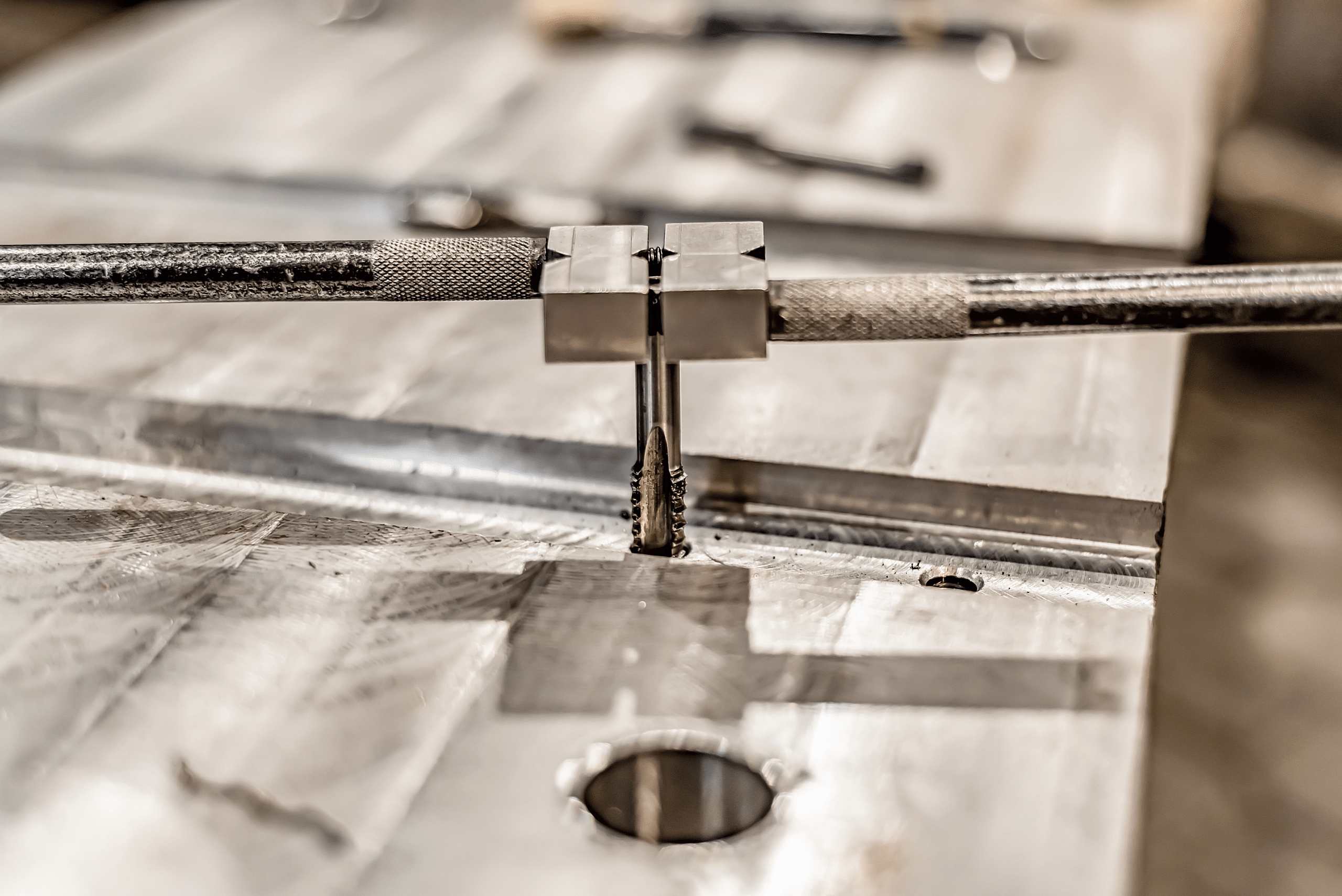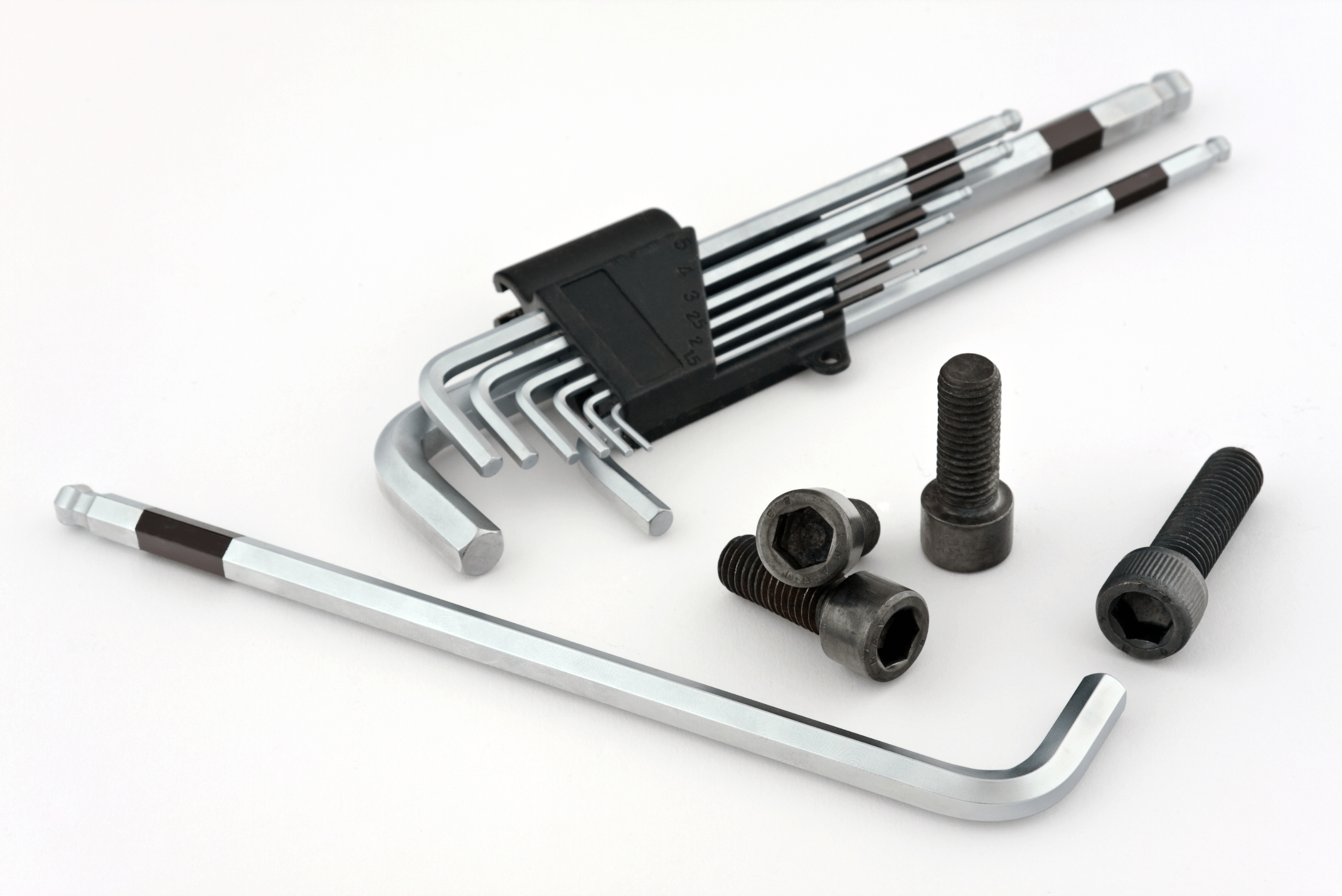How To Fix the Threads Of A Stripped Screw Hole
When it comes to DIY projects or repairs, encountering a stripped screw hole can be frustrating. The good news is that there are several effective methods for how to fix a stripped screw hole.
This article will guide you through different techniques, including using tap and die sets, thread chasers, rethreading, enlarging the hole, and using thread inserts. Let’s dive in to find the best solution for your needs.
Common Ways Screw Holes Get Stripped
A stripped screw hole occurs when the internal threads of a hole become damaged or worn out, making it difficult for a screw to grip effectively. This can result from over-tightening a screw, using the wrong size screw, or simply wear and tear over time. Addressing this issue promptly is crucial to ensure the structural integrity of your project.

Tools You Will Need
Before we start, ensure you have the right tools on hand. Here is a quick list:
- Tap and die set
- Thread chasers
- Rethreading kit
- Drill and drill bits
- Larger fasteners
- Thread inserts (Helicoil, Keenserts, etc.)
- Lubricant (oil or cutting fluid)
- Safety gear (gloves, safety glasses)
Using a Tap and Die Set

A tap-and-die set is a versatile tool for creating new threads or cleaning up existing ones. To use a tap-and-die set:
- Select the appropriate tap size for the hole.
- Apply lubricant to the tap.
- Insert the tap into the hole and turn it clockwise to cut new threads.
- Continue turning until the tap has passed through the entire hole.
- Reverse the tap to remove it, clearing the new threads.
Utilizing Thread Chasers
Thread chasers are specialized tools designed to clean and restore damaged threads without removing material. Here’s how to use them:
- Choose the right size thread chaser for the hole.
- Apply lubricant to the thread chaser.
- Insert the thread chaser into the hole and turn it gently to restore the threads.
- Remove the thread chaser and check the threads with a screw to ensure they are properly restored.
Rethreading the Hole

If thread chasers don’t work, rethreading the hole might be necessary:
- Select a rethreading tool or a larger tap from your tap-and-die set.
- Lubricate the rethreading tool.
- Insert the tool into the hole and rotate it to cut new threads.
- Remove the tool and test the threads with a screw.
Enlarging the Hole and Using Larger Fasteners

If rethreading fails, consider enlarging the hole:
- Choose a drill bit slightly larger than the original hole.
- Drill out the hole to the new size.
- Select a larger screw or fastener to fit the new hole.
- Fasten the screw securely into the newly enlarged hole.
Employing Thread Inserts
When enlarging the hole isn’t an option, thread inserts can be a lifesaver:
- Select the appropriate thread insert kit.
- Drill out the stripped hole to match the insert size.
- Tap new threads into the enlarged hole using a tap from the kit.
- Screw the thread insert into the new threads.
- Use the original size screw with the new insert.
Ensuring a Secure Fix

After applying any of these methods for how to fix a stripped screw hole, ensure the screw fits snugly and the integrity of the repair is solid. Regularly check your repairs, especially in high-stress applications, to ensure they remain secure.
Related Articles
- Tips and Tricks For Removing a Stripped Allen Screw Easily
- Simple Steps and Techniques for How to Magnetize a Screwdriver
- Tips and Tricks For How to Use a Screw Extractor
By following these methods and tips, you can effectively fix stripped screw holes and extend the life of your projects. Whether you chase the threads to realign them or cut new threads to accommodate a larger fastener, understanding these methods will surely save you tons of time if you run into thread problems during your next DIY project.
Ready to start your next project? Join our DIY community to receive tool tips, how-to guides, and exclusive creative insights. Subscribe to the ManMadeDIY newsletter now!
Frequently Asked Questions (FAQs)
What is a tap and die set used for?
A tap-and-die set is used to create new threads (tapping) or restore existing threads (chasing) on screws and holes.
Can I use thread chasers on any material?
Thread chasers can be used on most materials, but they are most effective on metal. Always ensure the chaser matches the material type.
What should I do if the screw hole is stripped beyond repair?
If the hole is beyond repair, consider enlarging the hole for a larger fastener or using thread inserts to restore the original size.
How do thread inserts work?
Thread inserts are placed into a drilled and tapped hole to provide a new, durable threading surface for screws. They are ideal for restoring stripped holes to their original size.
Are thread inserts permanent?
Thread inserts are designed to be a permanent solution, providing durable threads that can withstand repeated use.
What safety precautions should I take when repairing stripped screw holes?
Always wear safety gear, such as gloves and safety glasses, to protect yourself from metal shavings and sharp tools. Additionally, use a lubricant to ease the cutting process and prevent tool damage.






